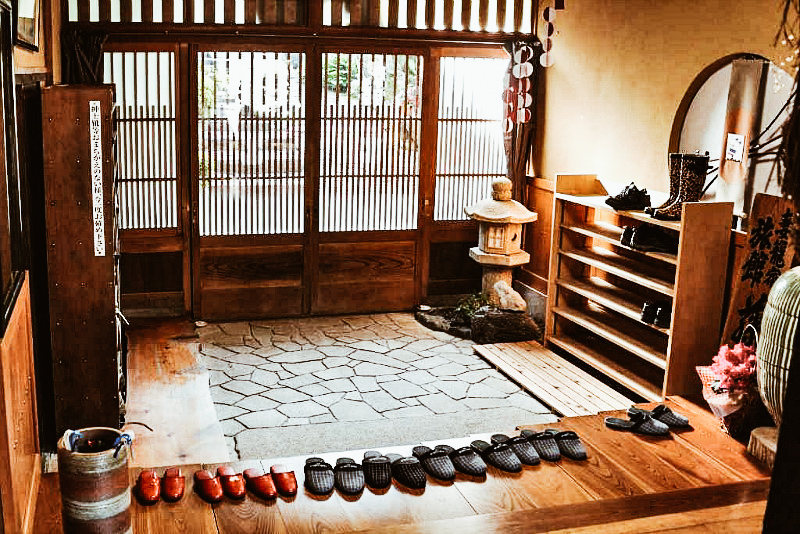Etiquette in Japan, what to do and not to do in the land of the Rising Sun
I am deeply influenced by my love for Japan, but I am convinced that in all the countries of the world there should be rules of conduct followed by the entire population as inherent in their mind.
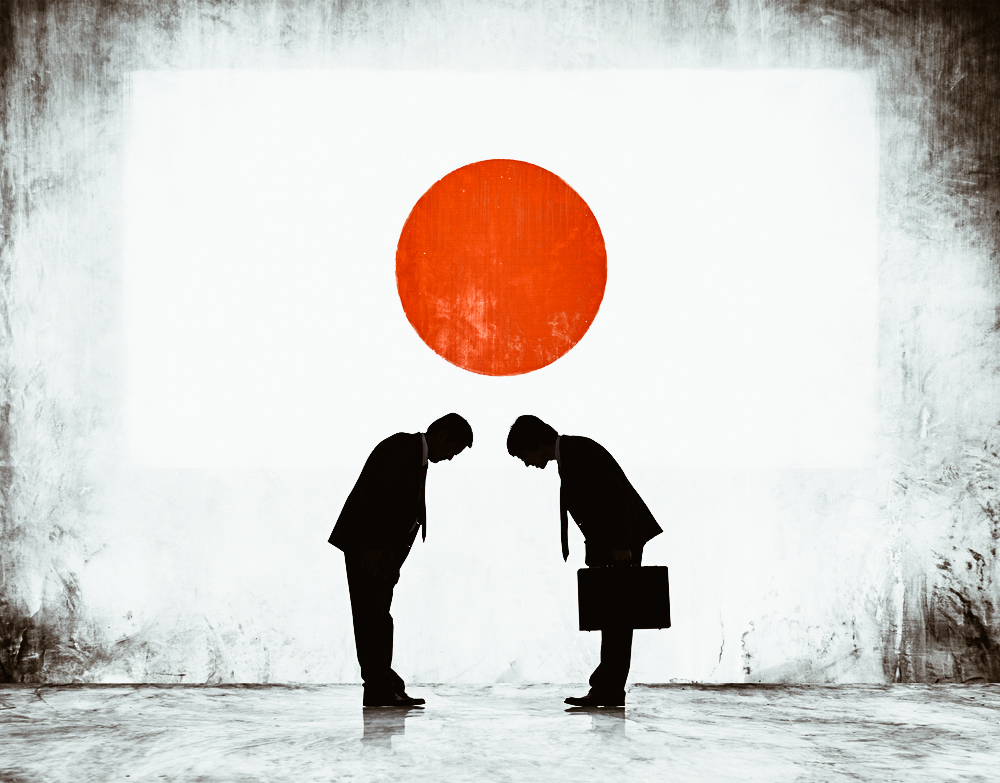
photo credits: yabai.com
The Rising Sun manages to maintain impeccable behavior within its borders. In fact, the etiquette to which it abides is the same that every tourist must (or at least should) respect. For this reason it is essential to know what is possible or should be done and not done in Japan.
Here is our guide for you:
Recycle and don’t be messy!
When you walk down the street in Japan you will not find garbage bins and despite this, there will be no shadow of garbage around town. Recycling for the Japanese is very important. Separate collection is an obligation and there are special bins to which people go and throw garbage.
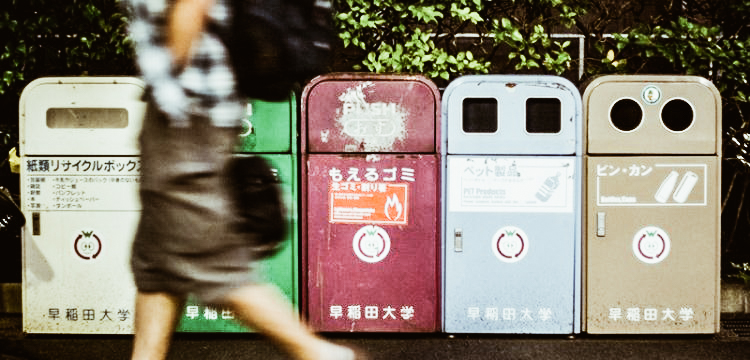
photo credits: green.it
Don’t gamble!
Gambling in Japan is illegal! There is only one way for fans who cannot resist betting: Pachinko.
Pachinko is practiced in special rooms where players must buy steel balls to play. They must be inserted in a sort of flipper, or in the “pachislot” which works similarly to the slot machines. If you win, you get more balls. By law the spheres cannot be exchanged for cash within the rooms in which they are distributed. They are simply changed with chips or with symbolic prizes that can then be converted into cash outside the venue itself at specific desks.
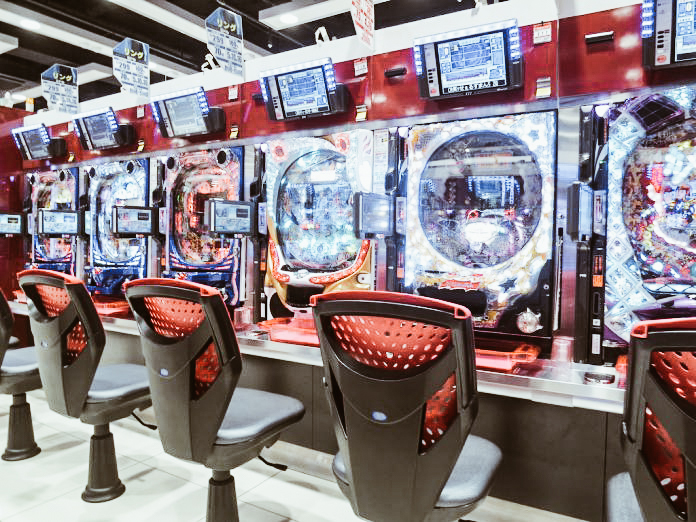
photo credits: agbnippon.com
Take off your shoes, put on your shoes
Not only at home, but also in many restaurants and historic buildings may be required to remove shoes. So make sure you wear clean, hole-free socks! If it is midsummer and you have no socks, it is always good to have a pair with you because it is not polite to enter the house barefooted. The landlord usually supplies his guests with slippers, but these too must be removed before walking on the tatami!
photo credits: villapola.com
Visit temples and shrines
Calm and respect are a must. Keep to the traditions: on the outside of the temple, throw a coin in the offer box and say a short prayer. If there is the possibility of burning an incense (osenko) do it turning off the stick by waving your hand and not blowing on it. If you go inside the temple, take off your shoes and leave them on the shelves or take them with you in the little bags available and I recommend you remove the hats! Do not be distracted by letting yourself be taken by the tourist’s enthusiasm, pay attention to what is allowed, photography is not always permitted.
When you go to a sanctuary instead, it is important to go to the purification fountain at the entrance, take one of the provided ladles, fill it with water and rinse your hands. Next, pour a little water into your hand and rinse your mouth by spitting out the water next to the fountain.
While entering, leave a coin in the offer box by bowing deeply twice, clap your hands as many times, bow again and pray by ringing the bell or gong (this will attract the god’s attention).
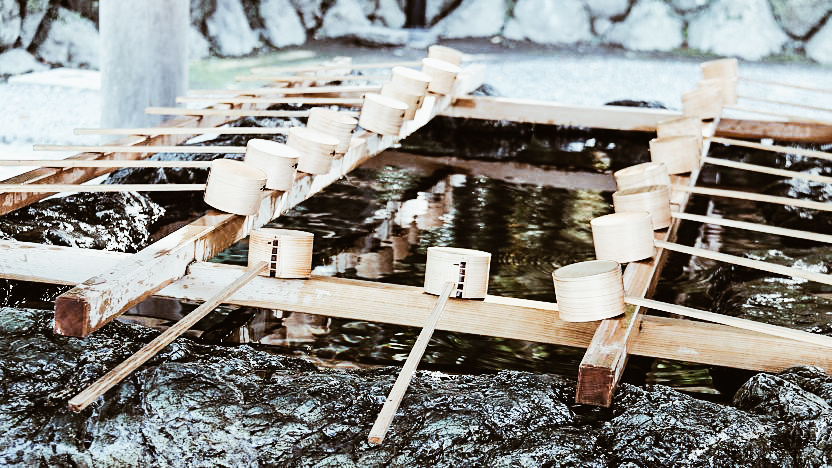
photo credits: japan-guide.com
Dine outside the home
After the waiters have greeted you and made you sit down, you will be offered water or tea for free and the oshibori (wet towel) to clean your hands before eating. After that you can choose the dishes you want from the menu, often illustrated to help tourists who are not familiar with the Japanese language.
It is not customary to pay at the table. The meal bill is presented facing down and you will pay by going to the cashier when you are about to leave the restaurant. As you come out it is courtesy to say 「御馳走様(でした)!」which reads: “Gochisou sama (deshita)” and means “thank you for the delicious meal”.

photo credits: jellyfishhr.com
Table manners!
As usual and one of the first rules of bon ton, after ordering, it is polite to wait until all the guests have received their course. Then, we start the meal by saying いただきます (itadakimasu) that is “I take with great respect”, which well away from our “enjoy your meal”. If you find yourself in a situation where everyone has not been served at the table yet, but the dish we have is consumed immediately, then we will hear dire さきにどうぞ (osaki ni dōzo, please go ahead) or we can say おさきにすみまん (osaki ni sumimasen, forgive me if I go ahead).
Never feed food on the plate, in Japan it is considered rude and wasteful.
Another very important thing is the way of using chopsticks. You should never place the chopsticks in your rice bowl vertically, it is a mode that is used exclusively at funerals! It is good to always place the chopsticks on their special support when you have to put them down and I recommend you do not pass the food from your chopsticks to the chopsticks of another diner, this is also a custom of the funerals in which the bones of the cremated body are passed on in this way.
In case you need to take food from a common plate, use the opposite ends of your chopsticks. In the picture below, you can see everything not to do with chopsticks.
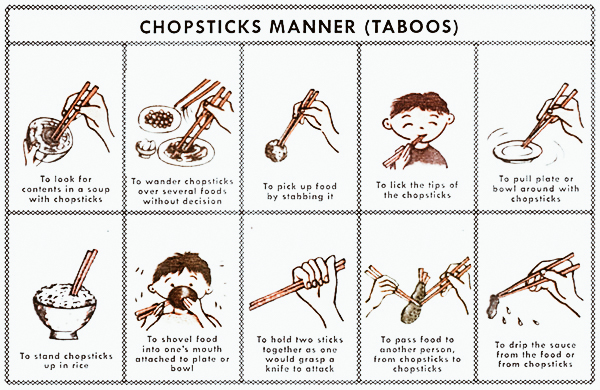
photo credits: yourmagictour.wordpress.com
Toilets
In Japan you can also find Western-style services, especially in the most recent and modern public bathrooms. They mostly have a heated seat, hand shower (equivalent to our bidet) and dryer. Each toilet usually has two discharge modes: “small” (小) and “large” (大), which differ in the amount of water used. However, toilet paper or towels are not always provided in the bathrooms, so it is always a good idea to bring kleenex and a small towel (the famous “tenugui”, small towels that you always see with the Japanese and that have various uses, such as drying sweat in summer!).
In private bathrooms there are always toilet slippers to be used exclusively in the bathroom. You will then have to leave your normal slippers outside the bathroom door and wear those available.
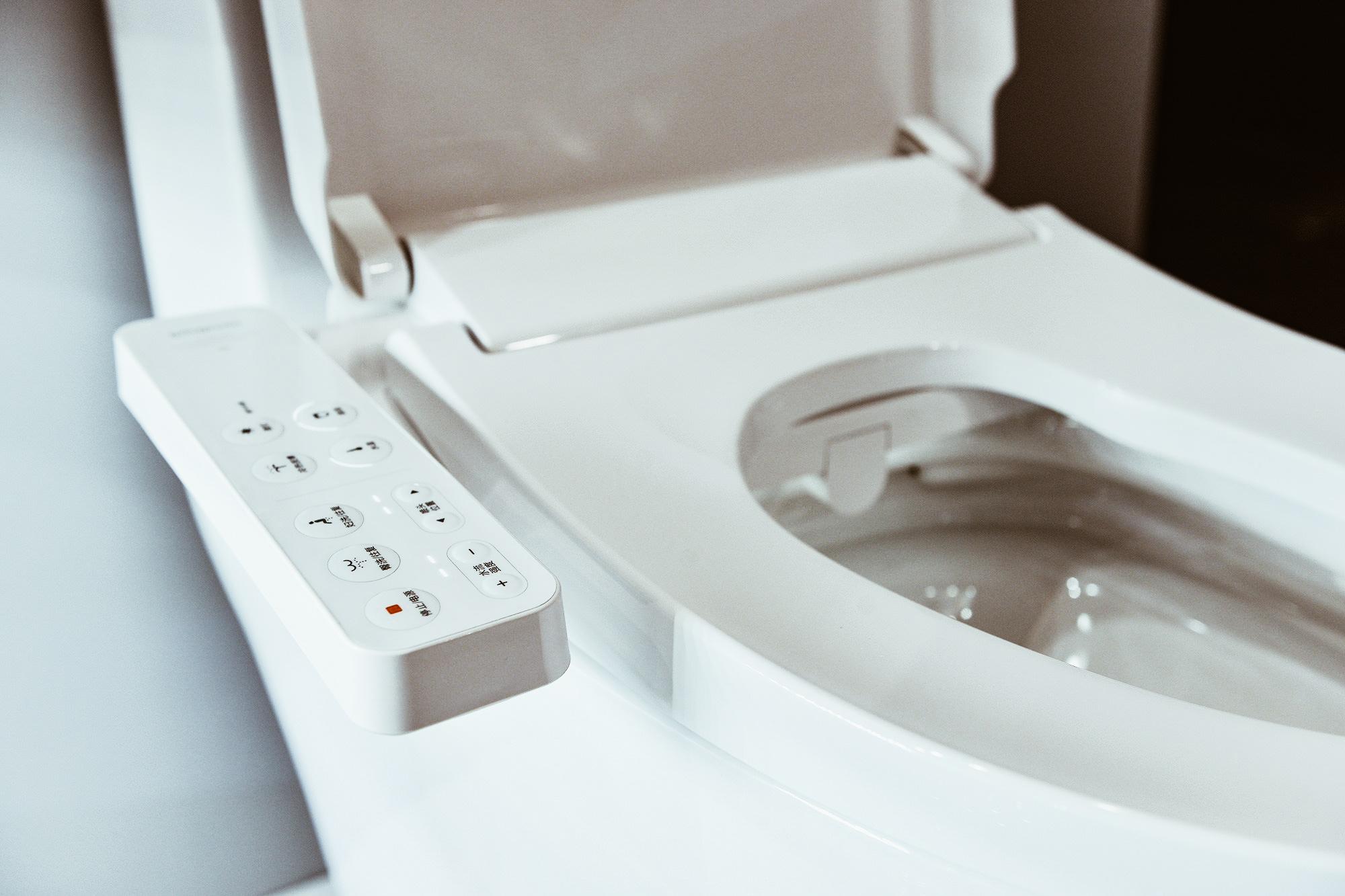
photo credits: leganerd.com
Respect on public transport
On the train, metro, bus or any other public transport, it is not polite to speak loudly and it is good to keep the phones in silent mode so as not to disturb anyone.

photo credits: getaroundjapan.jp
Blowing your nose? Oh no !!
Blowing one’s nose in public is one of the greatest lack of respect and a gesture of true rudeness because it means spreading germs! For this reason, in case of a cold (and not just that), the Japanese always wear a mask.
A curiosity: the masks do not serve only to avoid epidemics and for one’s own health, but also to hide imperfections! It’s a good trick, don’t you think so?
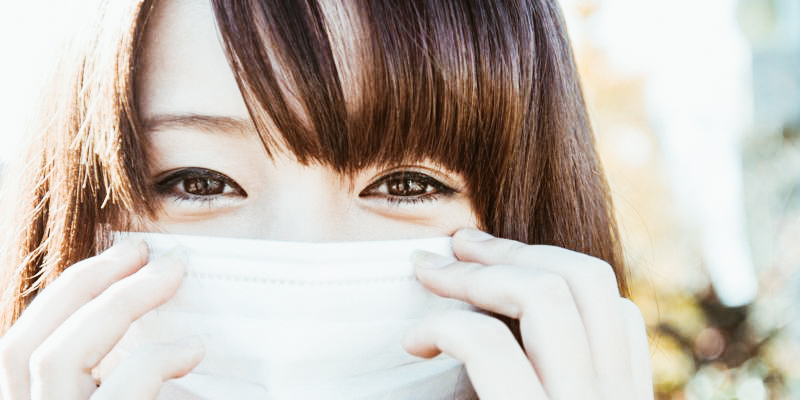
photo credits: gogonihon.com
No smoking
It is strictly forbidden to smoke in the street, walking and anywhere there are no smoking areas. In this way, those who do not smoke or do not tolerate smoking will not be bothered. There is a special police that constantly checks that the law is respected and fines otherwise. Strangely, however, in closed places smoking is allowed and there are not always separate smoking and non-smoking areas, unfortunately!
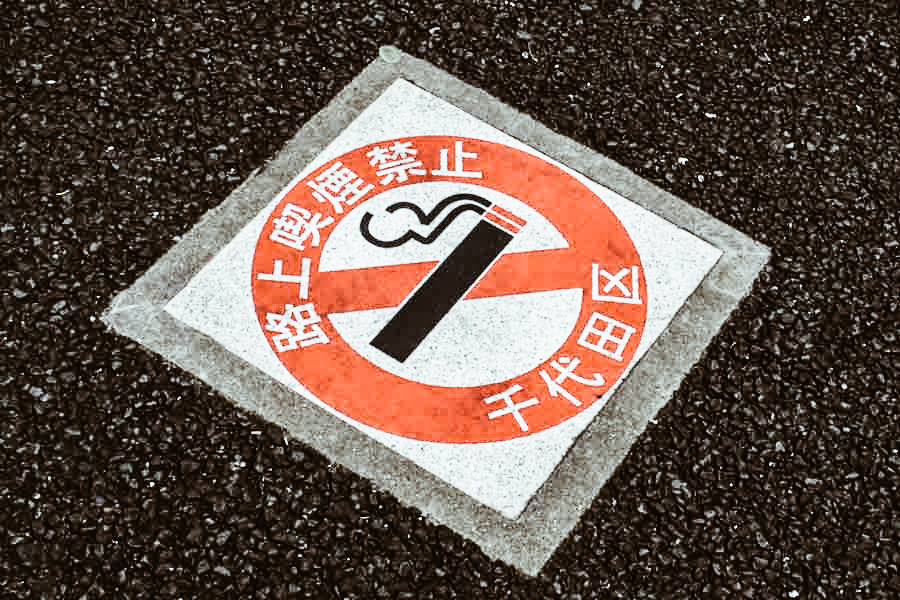
photo credits: tobaccoreporter.com
To bow
There are various types of bow and each with its own meaning. If we are to greet in informal situations we bow slightly, while in the formal ones it’s required a deeper bow, especially if the person in front of us is of a higher rank. If, on the other hand, we want to thank someone, it is sufficient to slightly bow the head, but also to apologize and in this case the inclination arc varies from mild (only the head), normal (part of the trunk, up to an angle of 45°) and serious. In this case the bow is deep, kneeling with the forehead touching the floor. A beautiful illustrated guide on the perfect way to bow is made available by Tongufu.com:

photo credits: tofugu.com
What about these rules of behavior? I find that they are very fascinating, apart from the smoke that, since I don’t tolerate it, I would forbid it anywhere!
During your travels in the land of the Rising Sun, have you noticed something curious about ways of doing things and not common in the West? Tell us about your experience!
Share this:
- Click to share on Facebook (Opens in new window)
- Click to share on Twitter (Opens in new window)
- Click to share on Tumblr (Opens in new window)
- Click to share on Pinterest (Opens in new window)
- Click to share on Telegram (Opens in new window)
- Click to share on WhatsApp (Opens in new window)
- Click to share on Reddit (Opens in new window)
- Click to print (Opens in new window)







